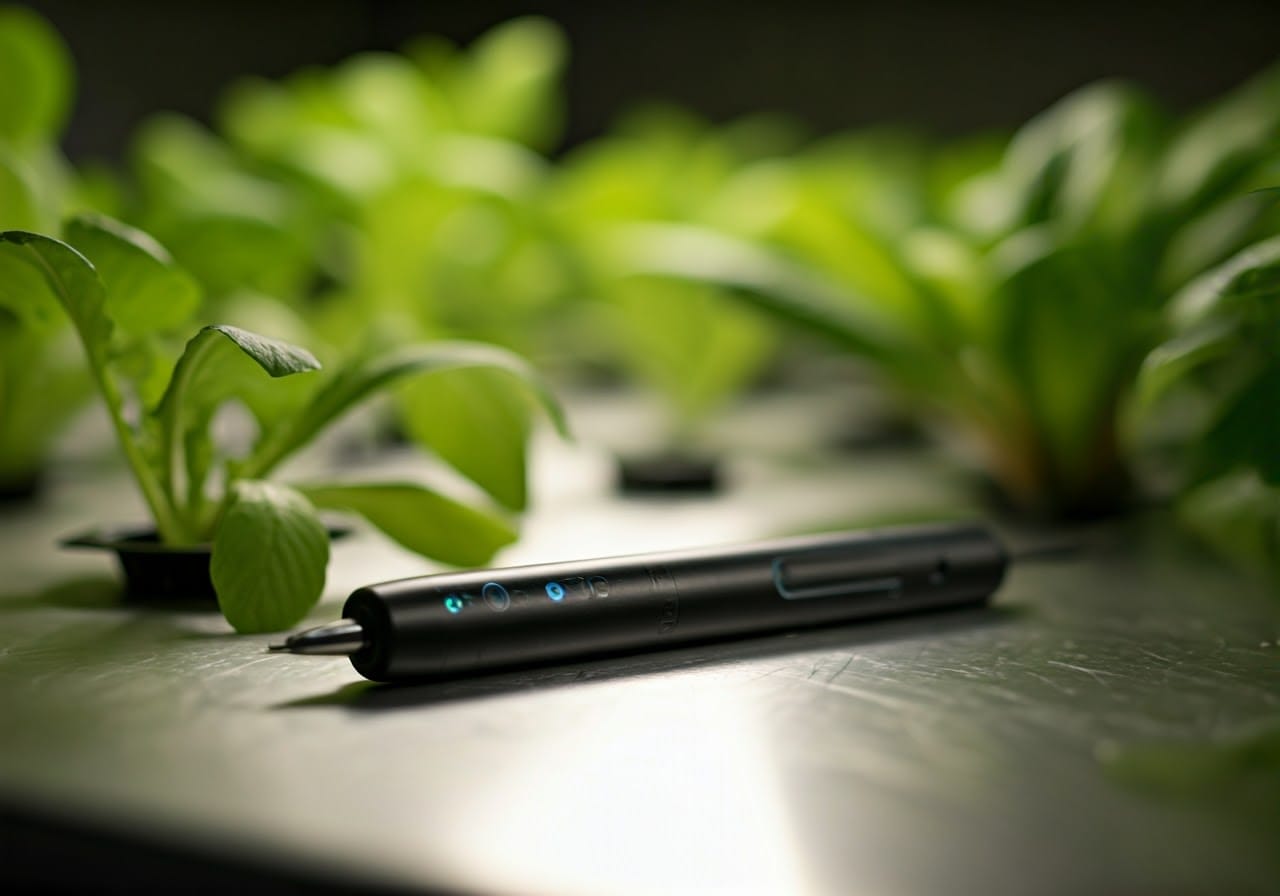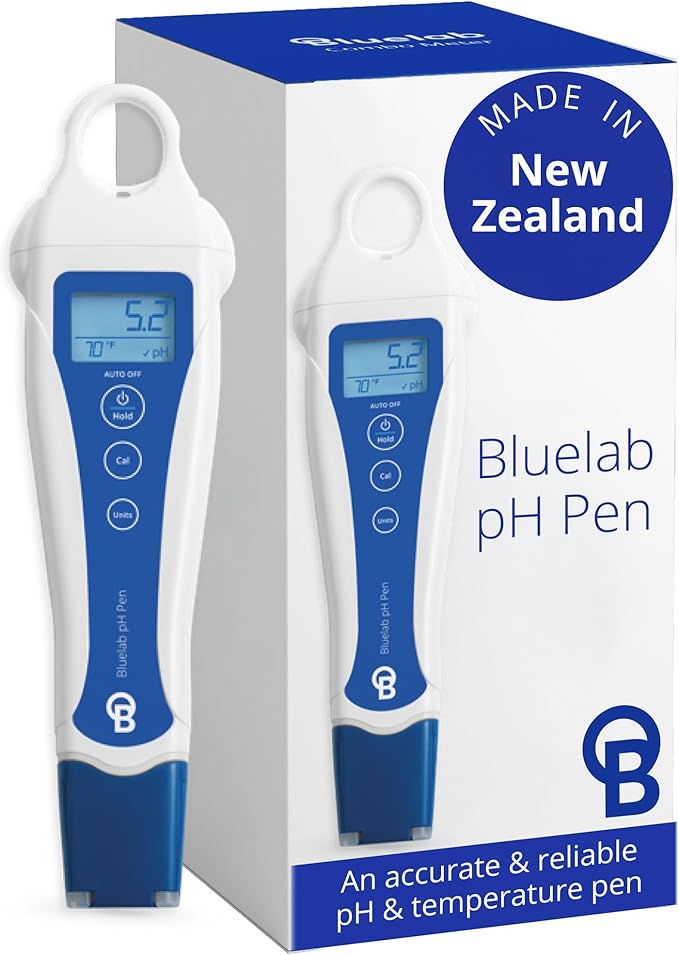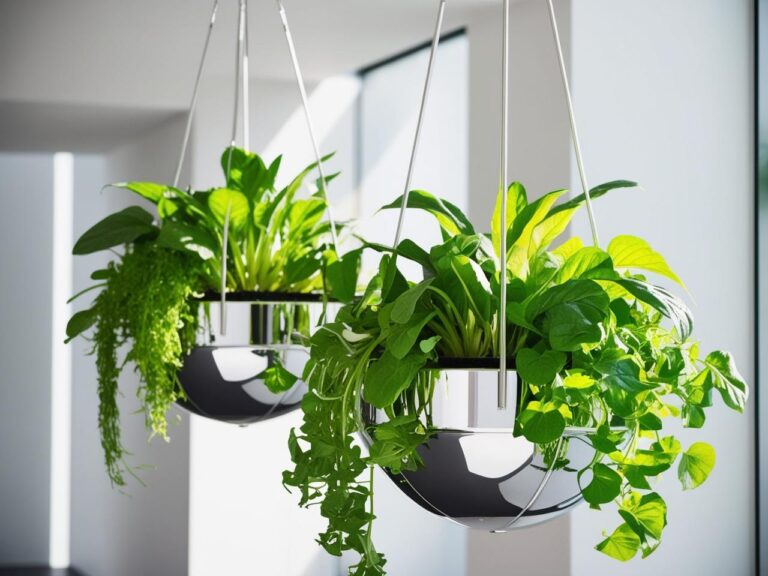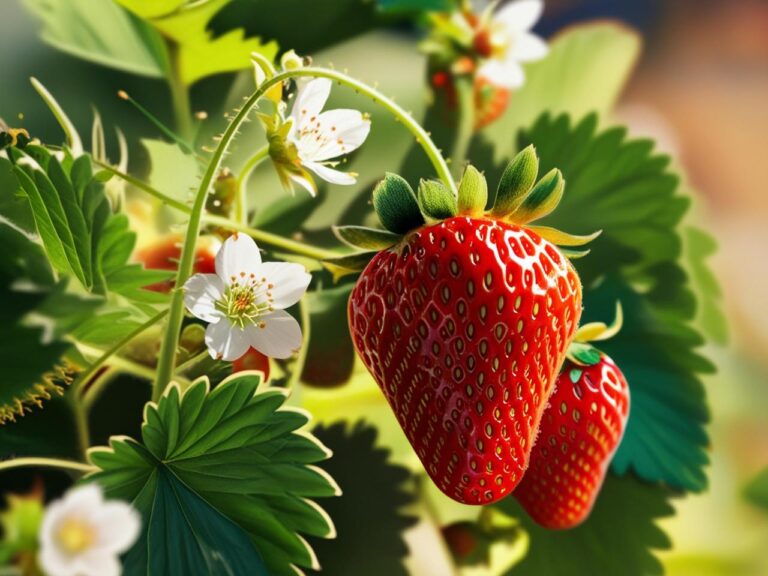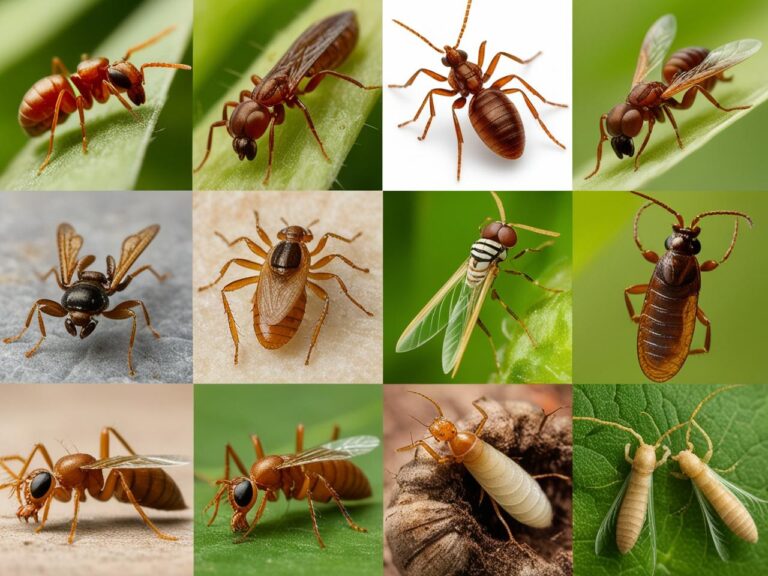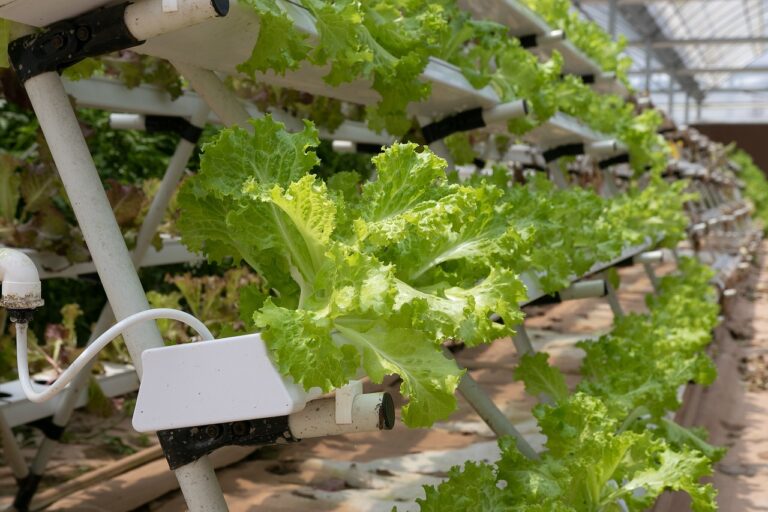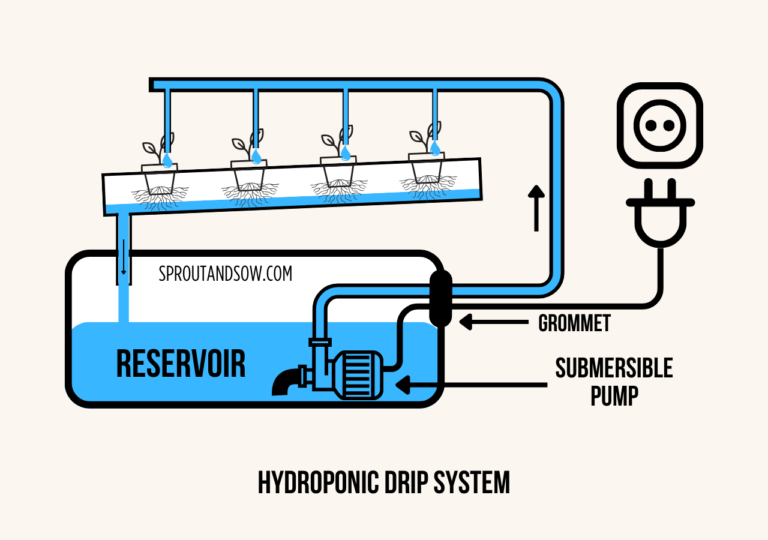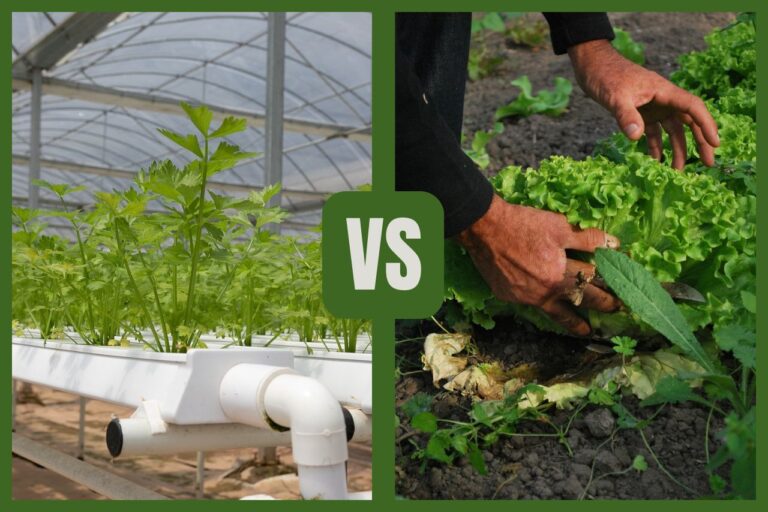10 Must-Have Tools for a Successful Hydroponic Garden
Hydroponic gardening is a rewarding and efficient way to grow plants without soil, allowing you to garden year-round in spaces large and small. To get started, however, it’s essential to have the right equipment to ensure healthy plants and thriving growth. Below is a comprehensive guide to the must-have tools and equipment needed to create a successful hydroponic garden.
Hydroponic System Types
Description: A hydroponic system is the core of any hydroponic setup. Different types of systems (such as Nutrient Film Technique, Deep Water Culture, Ebb and Flow, and Drip Systems) each have unique ways of delivering water and nutrients to plants. Choosing the right one can greatly impact your garden’s success.
Why It’s Important: The system type you choose determines how plants will receive water, oxygen, and nutrients, impacting growth speed, maintenance needs, and plant compatibility. For example, Deep Water Culture is ideal for beginners because of its simplicity, while Aeroponics is more complex and suited to experienced growers.
Tips for Choosing:
- Beginner-friendly options: Deep Water Culture (DWC) and the Kratky System are easy to set up and maintain.
- Advanced options: For experienced gardeners, try Aeroponics, Ebb and Flow Systems or Nutrient Film Technique (NFT), which require precision but offer excellent results.
1. Grow Lights
Description: Many hydroponic gardens are indoors, meaning plants don’t get direct sunlight. Grow lights provide the light spectrum plants need for photosynthesis.
Why It’s Important: Adequate lighting is crucial to healthy plant growth, affecting everything from germination to flowering. Different plants need different light intensities, so matching your lights to your garden’s needs is key.
Types of Grow Lights:
- LED lights: Full-spectrum and energy-efficient, making them ideal for indoor hydroponic setups.
- Fluorescent lights: Often less expensive but not as energy-efficient as LEDs.
Tips for Choosing:
- For most hydroponic gardens, full-spectrum LED lights are recommended due to their efficiency and versatility.
- Consider the light spectrum, as some plants require more blue or red light depending on their growth stage.
Related: The Best LED Grow Lights for Beginners
2. Growing Medium
Description: Hydroponic gardening doesn’t use soil; instead, plants are anchored in a growing medium like Rockwool, clay pellets, perlite, vermiculite or coco coir.
Why It’s Important: The growing medium supports the plant’s roots and aids in moisture and nutrient retention. The right medium can reduce watering frequency and improve nutrient absorption.
Tips for Choosing:
- Rockwool: Known for excellent moisture retention, making it ideal for water-sensitive plants.
- Clay pellets: A reusable, pH-neutral option that provides good aeration.
- Coco Coir: Sustainable and retains moisture well, good for leafy greens.
- Vermiculite: Great for germinating seeds.
3. Nutrient Solution
Description: Since plants aren’t grown in soil, they need a nutrient solution that contains essential minerals like nitrogen, phosphorus, potassium, and calcium.
Why It’s Important: Proper nutrition is essential for plant health. Hydroponic plants rely solely on this solution for growth, so a well balanced, quality nutrient mix is crucial.
Tips for Choosing:
- Purchase pre-mixed solutions that cater to the specific plant type you’re growing.
- Look for reputable brands that provide nutrient formulations for different growth stages, such as seedling and flowering stages.
4. pH Meter and Adjusters
Description: pH levels in hydroponics affect nutrient absorption. Most hydroponic plants thrive within a pH range of 5.5-6.5, so regular monitoring is essential.
Why It’s Important: If the pH is too high or too low, plants cannot absorb nutrients effectively, which can lead to poor growth or nutrient deficiencies.
Tips for Choosing:
- Invest in a digital pH meter for more accurate readings than paper test strips.
- Keep pH adjusters (pH up and pH down solutions) on hand to make adjustments as needed.
- Don’t skimp on a good quality pH meter, the cheaper ones are not that great.
Related: Understanding Hydroponic pH Levels and How to Manage Them
5. EC Meter
An Electrical Conductivity (EC) meter measures the electrical conductivity of your nutrient solution, which corresponds to the concentration of dissolved nutrients. By keeping track of your EC levels, you’ll know if your plants are getting too few or too many nutrients, which helps you avoid nutrient burn or deficiencies. Here’s where you can skimp and buy one of those cheaper EC pens, they all tend to work really well.
Tip: Adjust EC levels as your plants grow, increasing during flowering or fruiting phases.
6. Air Pump and Air Stones
Description: In hydroponic systems, especially Deep Water Culture, an air pump and air stones are essential for oxygenating the water and delivering oxygen to plant roots.
Why It’s Important: Proper aeration promotes healthy root growth and prevents diseases. Without oxygen, roots can suffocate, leading to slower growth or plant failure.
Tips for Choosing:
- Choose a quiet air pump with adjustable airflow to control oxygen levels.
- Look for air stones that distribute bubbles evenly to avoid areas with low oxygen.
7. Water Pump
Description: Water pumps circulate the nutrient solution, helping to move it around the hydroponic system.
Why It’s Important: A water pump ensures that nutrient solutions consistently reach all plants, especially in systems like Ebb and Flow and NFT, which require frequent solution cycling.
Tips for Choosing:
- For small systems, a low-powered pump may suffice, but larger setups need a pump that can handle the increased volume.
- Look for pumps with adjustable flow rates for easy customization.
8. Reservoir
Description: The reservoir holds the nutrient solution for the hydroponic system, which is pumped to the plants.
Why It’s Important: A larger reservoir keeps nutrient levels stable for longer and reduces the frequency of refills. An opaque container is preferred to prevent algae growth.
Tips for Choosing:
- Choose food-grade, opaque containers that block light to reduce algae buildup.
- Ensure the reservoir size fits your garden’s needs; a larger reservoir helps maintain consistent nutrient and water levels.
9. Timers and Controllers
Description: Timers automate lighting and water cycles, ensuring plants receive nutrients and light at the right intervals.
Why It’s Important: Automation prevents under or over-watering and ensures plants receive a steady light schedule, leading to more consistent growth.
Tips for Choosing:
- Digital timers are recommended for precision and ease of programming.
- Look for timers with multiple programmable settings to accommodate different light and water cycles.
10. Thermometer and Hygrometer
Description: These tools measure temperature and humidity, both of which are crucial for plant health in indoor environments.
Why It’s Important: Keeping the right temperature and humidity levels prevents mold, pests, and other plant issues. Different plants thrive in different conditions, so monitoring is essential.
Tips for Choosing:
- Look for devices that measure both temperature and humidity.
- Consider models with data logging to track conditions over time.
Conclusion
Setting up a hydroponic garden is a straightforward process when you have the right equipment. Whether you’re a beginner or an advanced gardener, investing in quality tools will pay off in healthier plants and a more efficient garden. Start with a simple system, focus on mastering the basics, and upgrade your equipment as you gain experience. Hydroponics offers an exciting way to garden, and with the right setup, you’ll enjoy thriving plants and abundant harvests all year round!

